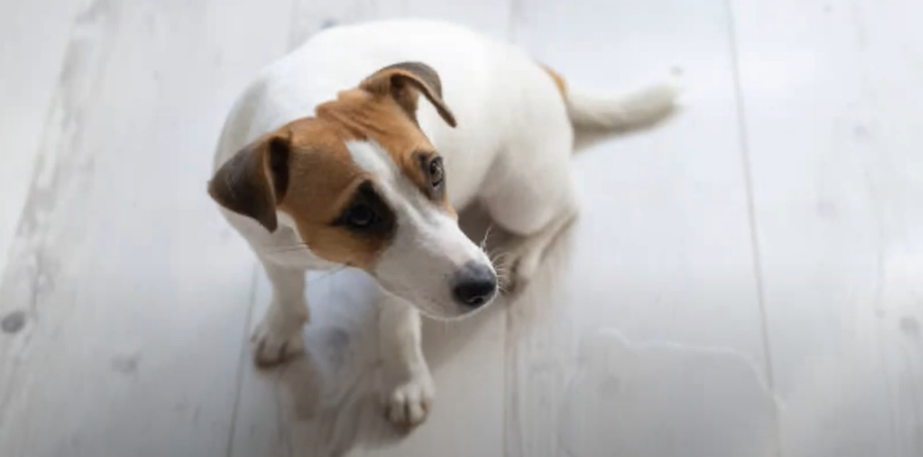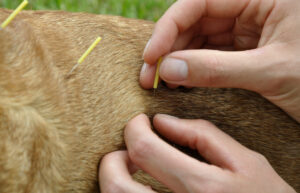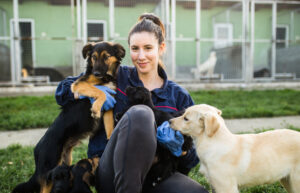
Welcome to the Askvet Webinar Series where our doctors and veterinary professionals present relevant information and discuss important pet topics. Join our live streams to learn how you, your dogs, and your cats can live your best lives!
House training a puppy can be a very frustrating process and can lead to anxiety and even anger, but with patience and a calm presence, can become a very rewarding endeavor. If done correctly, potty training can create a happier dog and a stronger human-animal bond. Join Dr. Marks in our live AskVet webinar to learn how to effectively house train a puppy.
5 steps to house training a Puppy
Schedule time blocks and a house training routine.
Before getting a puppy, think proactively about how your life will be affected and if you have time to commit to a puppy. Your work schedule, travel plans, and daily home life for instance will be impacted and must accommodate a puppy that is being house trained. Create a village to help! Have friends, family, co-workers, pet sitters, or neighbors assist with the process.
For puppies, less than 12 weeks of age, they need to be let outside every 1-2 hours during the day. For puppies more than 12 weeks, they need to be let outside every 2-4 hours during the day. Puppies usually need to go immediately after waking, after playing, and after eating or drinking.
Bring them outside on a leash. This not only helps with potty training, but helps them learn how to walk on a leash and aids in socialization.
Use a 2 word command every time you take your puppy outside. For instance, if the puppy’s name is Franklin, say “Franklin potty.” Overtime, Franklin will understand this command.
Create a feeding schedule. Mealtimes and training times need to be connected. Within 20 minutes of eating and drinking, your puppy will need to potty. Feeding at the same time every day will increase predictability and lead to better house training success.
Use a crate. Dogs in general are den animals. They like to snuggle and bed down in a safe space. A crate creates this safe space for a puppy. Let your puppy eat treats or meals and have toy time in the crate to make it a positive space. They also will not sleep or eat where they eliminate, so using a crate is a form of natural discouragement from urinating and defecating in the house. Crate size is important as well. Ensure the crate is only big enough for your puppy to stand up, turn around, and lay down. A crate that is too large will allow the puppy to eliminate in the crate while having a separate space to lay down. Crate dividers can be used to expand the crate size to meet the needs of a growing puppy.
Reward Be your puppy’s cheerleader especially immediately after eliminating. When your puppy goes, reward instantly with verbal praise, treats, toys, touch and love.
Learn body language Read your puppy’s body language as most puppies will give cues that they need to relieve themselves. They may start whining, circling, or sniffing. Some may sit by the door patiently; these dogs can be trained to ring a bell when they need to go outside. Others may wander off to find a place in the house to eliminate. If your puppy wanders often, use a light leash in your home when out of the crate to keep a closer eye on your puppy and to catch them before they go.
Potty Training No-No’s
Accidents always happen! Never punish for accidents. No spray bottles, rubbing noses into the soiled area, yelling, or hitting. Puppies do not understand the negative connection and punishment will only create fear and anxiety as well as lead to the deterioration of your human-animal bond. When a puppy has an accident, it usually is our fault. For instance, we left the puppy in the crate too long, we didn’t adhere to the schedule and routine, or we did not use the proper command.
Puppy Pads
Puppy pads are not a substitute for a crate. They do not create a safe space and are not a den. Most dogs do not need pee pads as it only leads to confusion for them. However, there are special circumstances that these pads can be used successfully. For instance, puppies living in a high rise, dogs with social anxiety, or our geriatric canines. If puppy pads are needed, make a room for the puppy. Place the pee pad next to the crate, so they realize that there is a special place for elimination.
At AskVet, we know that every pet has its own personality and unique set of needs, which will continually evolve over time. We’re here to help you evolve with them. We use 360° Wellness Plans to help guide you through every stage of your pet’s life—and we’re with you every step of the way.
Join AskVet Today








No comment yet, add your voice below!